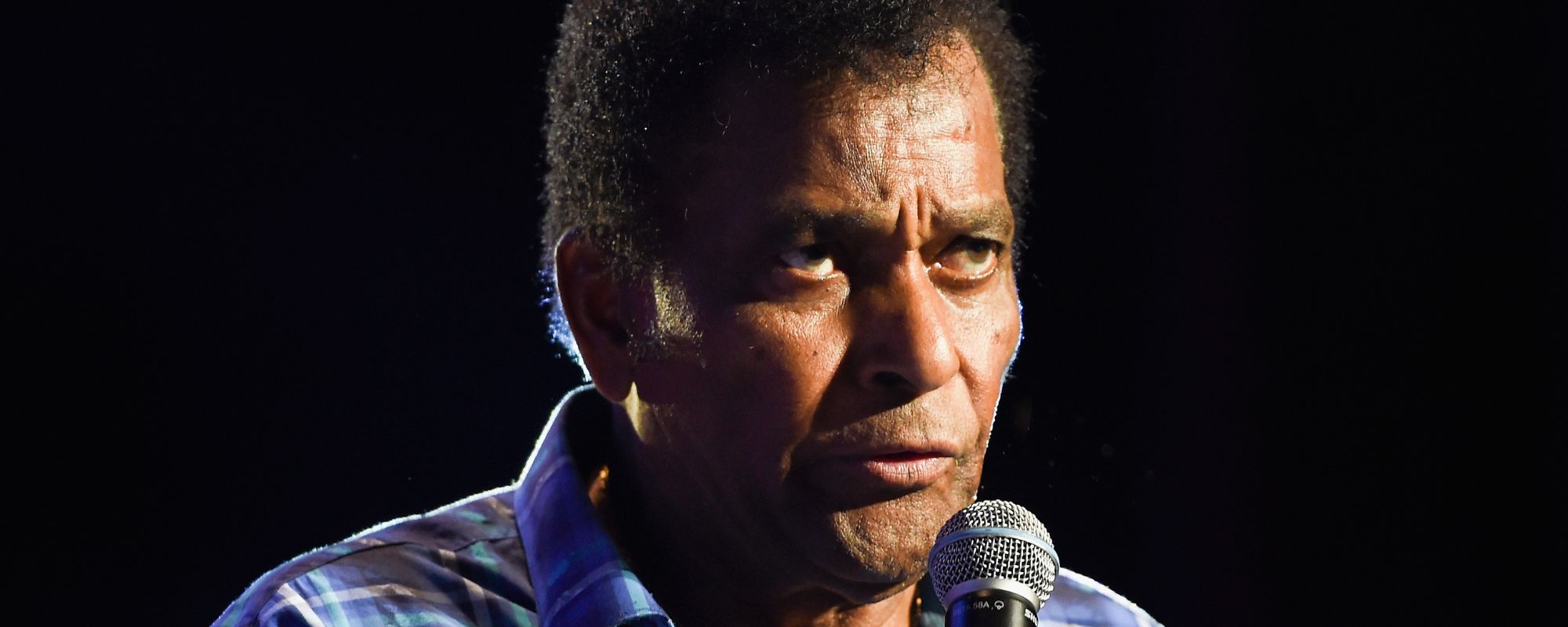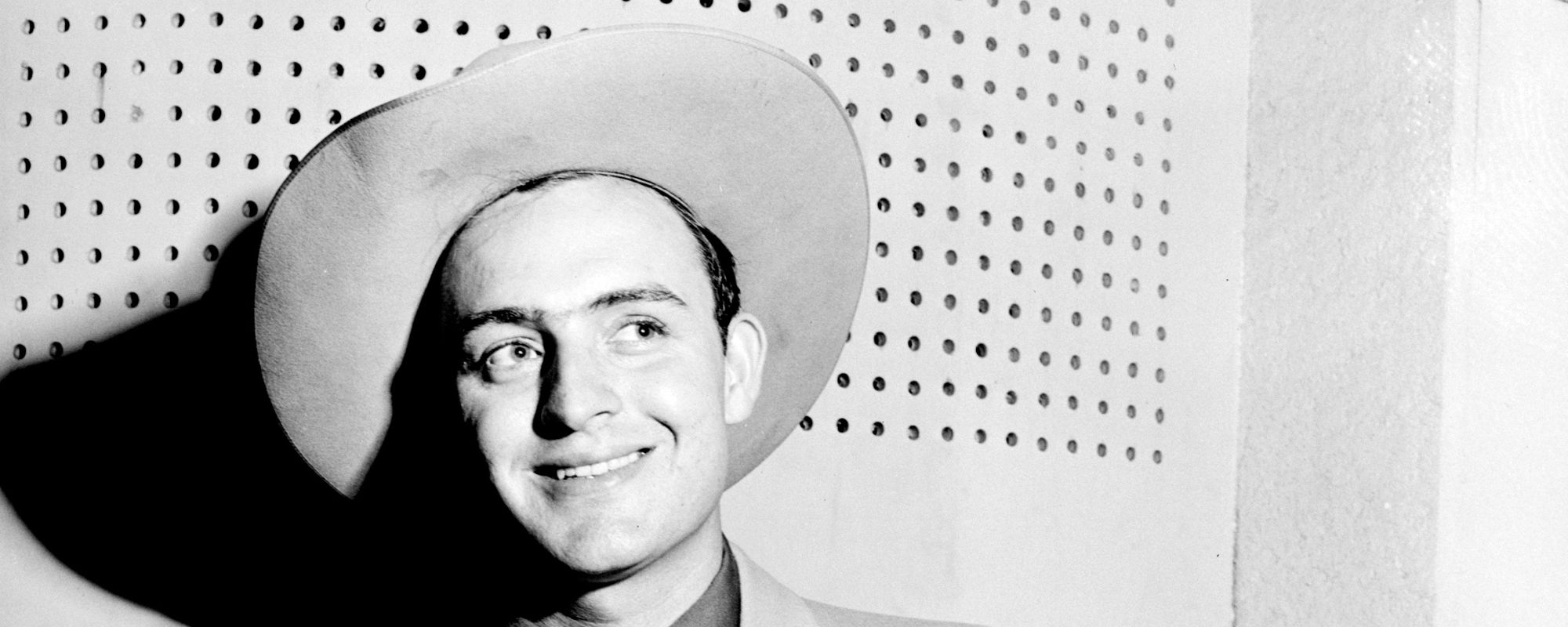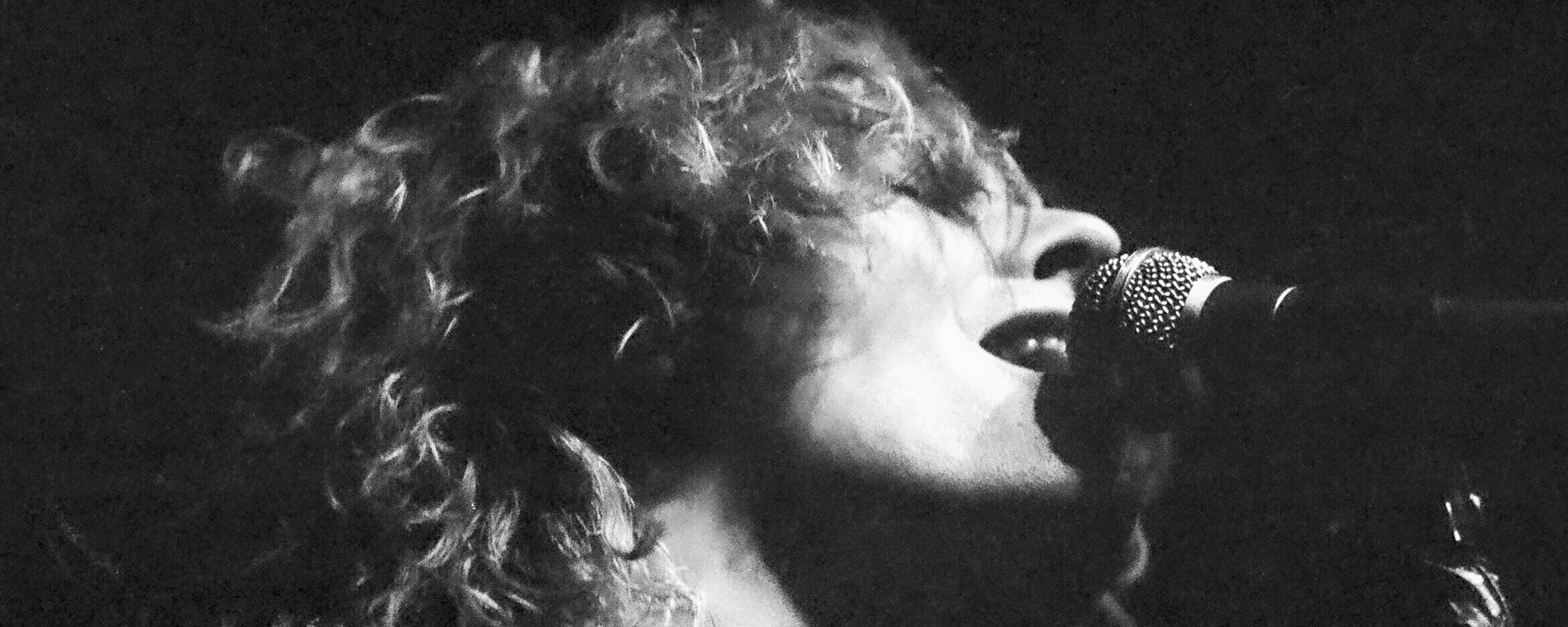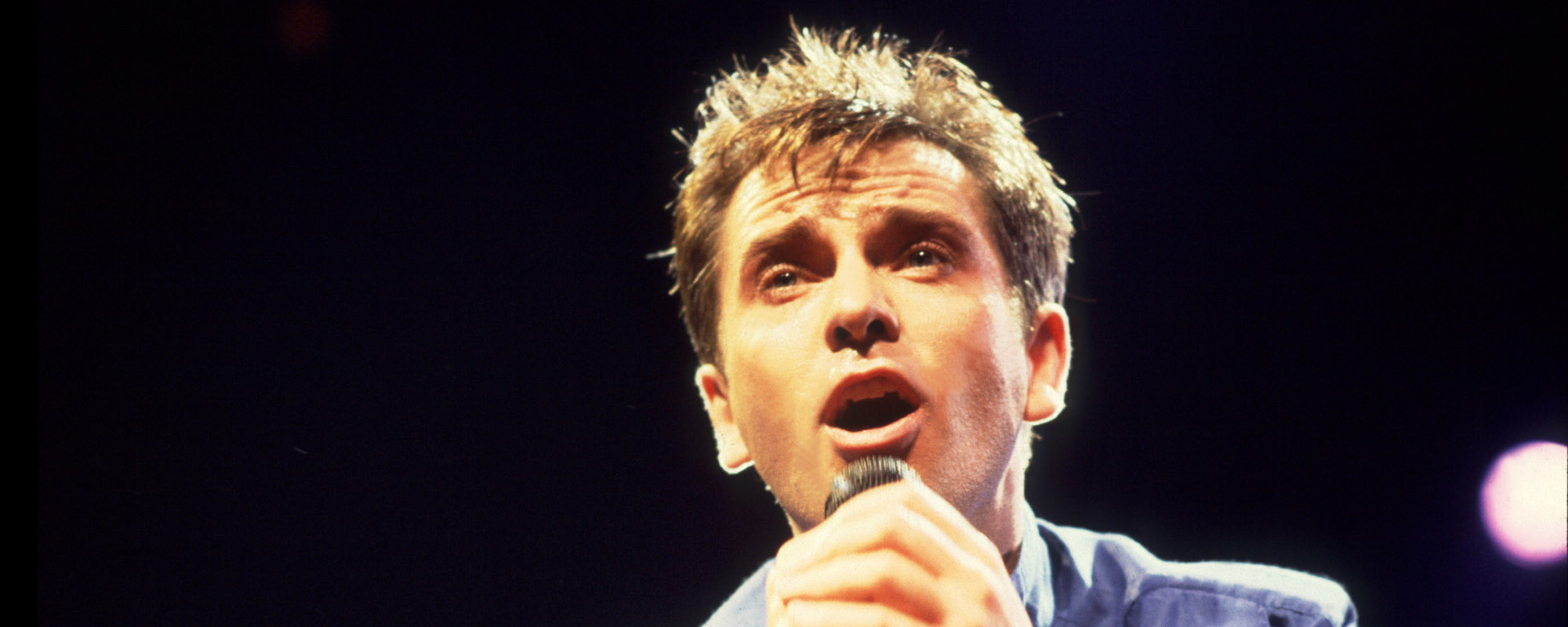Peter Gabriel took a few cracks at the song “Here Comes the Flood.” There was the version released on his solo debut. He then revisited the track for a greatest hits package many years down the road.
Videos by American Songwriter
You can be the judge of which version you prefer. (More on which take Gabriel liked better in a moment.) In any case, there’s no denying the song displays the artist’s ability to combine provocative ideas with striking imagery.
“Flood” Warning
Peter Gabriel decided he wasn’t cut out for a long career fronting Genesis, as he desired more musical autonomy via his solo work. That didn’t mean, however, his albums would be DIY affairs. Over the years, he’d collaborate with proactive producer types such as Robert Fripp, Steve Lillywhite, and Daniel Lanois.
For his first solo release in 1977 (which, like the next three albums in his catalog, would be simply named Peter Gabriel), he chose to work with Bob Ezrin. At that point, Ezrin was most known for producing Alice Cooper, an artist not exactly known for his subtlety.
As such, Ezrin was prone to taking big swings as a producer. The original version of “Here Comes the Flood” is full of grabby moments, as guitar crescendos and momentous drum fills adorn the production. After the fact, Gabriel expressed some regret this version didn’t quite match the tone of the song he had in mind.
That’s why when he performed “Here Comes the Flood” in concert, he would do so with much less ostentatious instrumentation behind him. On his 1990 compilation Shaking the Tree: Sixteen Golden Greats, Gabriel rerecorded the song in a quieter version that pays more heed to letting the melody and lyrics play out without interruption.
Behind the Lyrics of “Here Comes the Flood”
It’s our opinion both takes on the song work pretty well. Ezrin’s production captures the urgency of the psychic wave that envelops the world in Gabriel’s lyrics. When Gabriel redid it, his narrator seems much more resigned to the changes taking place, albeit maybe a tad fearful it might not work out for the best.
The flood in question is metaphorical, as Gabriel envisions a world where thoughts can travel from person to person just as clearly as words. He likens it to shortwave frequencies in the opening lines: When the night shows / The signals grow on radios. At times, it seems like Gabriel is likening this turn of events to an environmental disaster: Stranded starfish have no place to hide.
But he’s really referring to the fact that people will be exposed, for good or bad, when they can longer couch their thoughts and feelings. Lord, here comes the flood, he warns. We will say goodbye to flesh and blood. You have no home, you have no walls, he explains. You’re a thousand minds within a flash.
It’s a fascinating concept, because it means people will be able to connect without filters: The actor’s gone, there’s only you and me. And who’ll benefit the most? The honest ones. If again, the seas are silent, in any still alive / It will be those who gave their islands to survive.
“Here Comes the Flood” shows how Gabriel could take a somewhat arcane concept and give it emotional grounding. Whether with the stormy waves of the original version or with the calmer waters of the reimagined take, it washes over listeners and makes a definitive impact.
Photo by Gus Stewart/Redferns











Leave a Reply
Only members can comment. Become a member. Already a member? Log in.